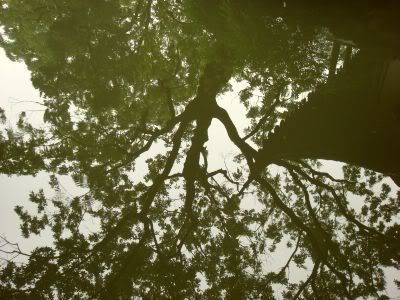
The Chinese term for landscape is shan shui, literally "mountains and water." No Chinese garden is complete without a body of water, no matter how small.
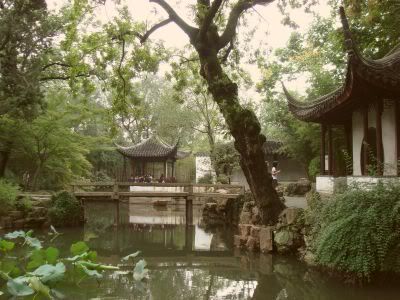
Water is the nurturing, yielding, or yin element, a necessary counterpoint to the hard, vertical, or yang elements such as the monumental stones placed throughout Chinese gardens. The most important is the garden has to look natural - although man-made.
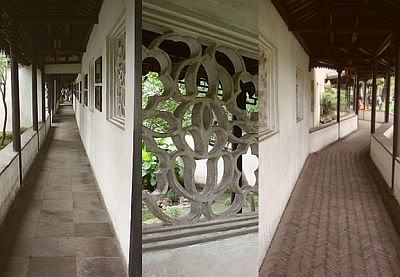
The covered corridors, built to allow the owner to enjoy the garden despite rain and snow. In addition, these are divided - the outer ones for man (right), and the inner ones for woman (left). Though divided, the roof simply binds them two together. As they walk along the corridor, they can see each other from the decorative openings.
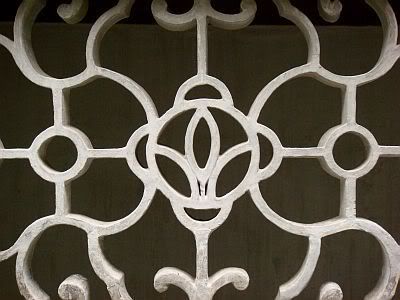
The openings were designed simply as circles, squares or ovals or in more imaginative shapes like a monkey face ?
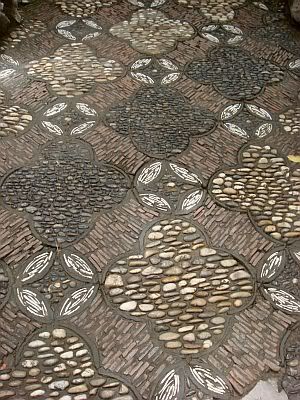
See this very often - the decorative pavement of pebbles. Above you see the shape of coins and flowers. Interestingly (as I was told), depending on your first stepping on the pavement, if you first step on "coin", then 有钱花 (you have money to spend). On the other hand, if you first step on "flower", then 会花钱 (like spending money).
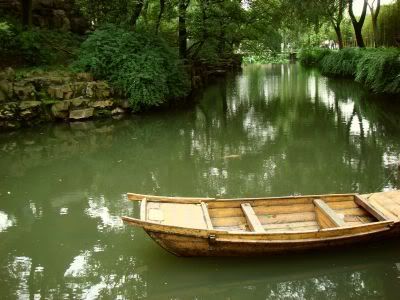
As most of the buildings were built beside water, they were navigable by small boats along the man-made canal.
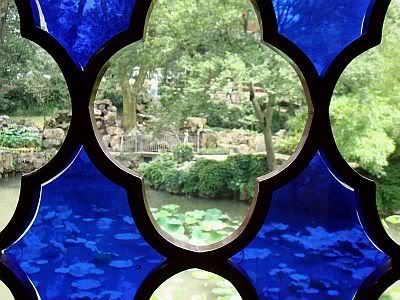
I was amazed as well with such simple decorative windows - from the blue-tainted glasses, it provided a frosty impression of the summer view, as if you were looking winter through the windows. Brilliant.
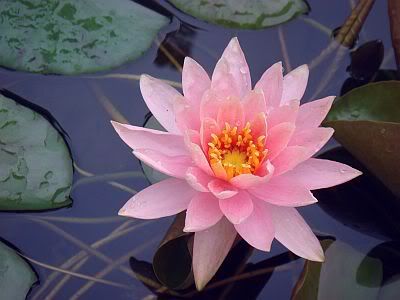
Chinese use and select plants in their gardens, and each specimen has its symbolic meanings. And my favorite - the sacred lotus.
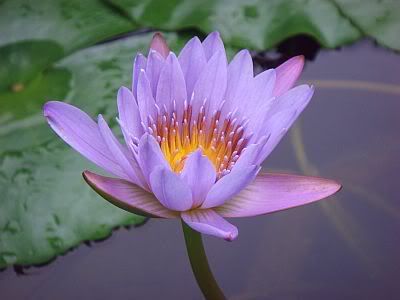
The sacred lotus symbolizes purity, with blossoms of different colors emerging from the mud beneath the water where it grows.
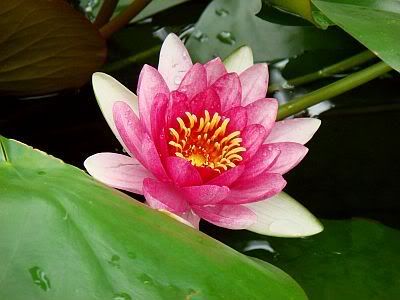
For the Buddhist, lotus represents a noble character, the soul battling against the material world to reach the light.
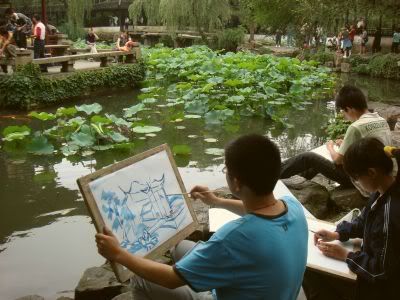
From time to time, students are seen here for their assignments, and painting sessions.
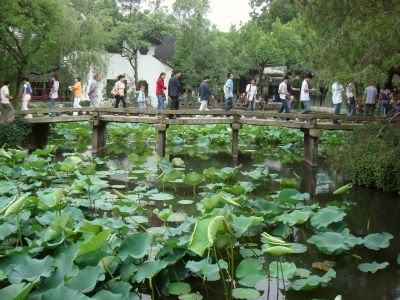
In Chinese gardens, landscapes are usually discovered in sequence and are often resemble a labyrinth of spaces of manipulated perspective.
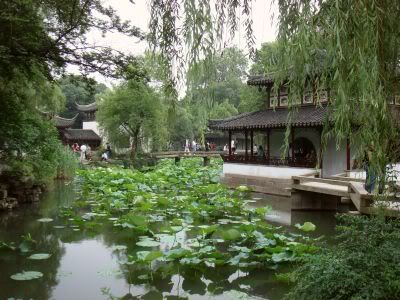
For this humble garden, every step is experienced as a series of scenes - maybe even likened to entering the magical realms of the Immortals.
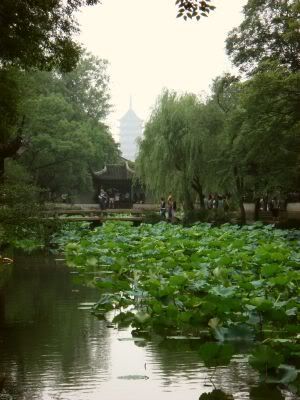
Buildings and pavillions nicely placed along the water, plus luxuriant of vegetation - creating a great harmony between the natural scenery and the man-made elements. The picturesque scene of the pagoda is an example of the garden technique called "borrowed view from afar".
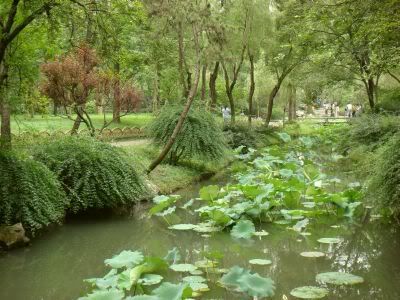
Despite the big crowd, it was still possible to enjoy the effect why the garden was built the first place - a place of retreat for escape the chaos and hustle bustle of the city.
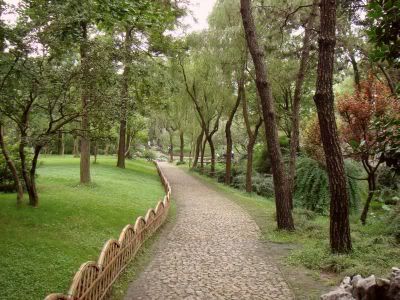
The garden is also lined with trees - it was a good weekend walking and discovering the garden soul of SuZhou.

Known as one of the four most famous gardens in China, the ZhouzhengYuan will not disappoint. Entrance during peak season : 70 RMB. Recommended to take a guided tour (additional 70 RMB).
But sadly, the son lost the place for paying his gambling debts.

No comments:
Post a Comment